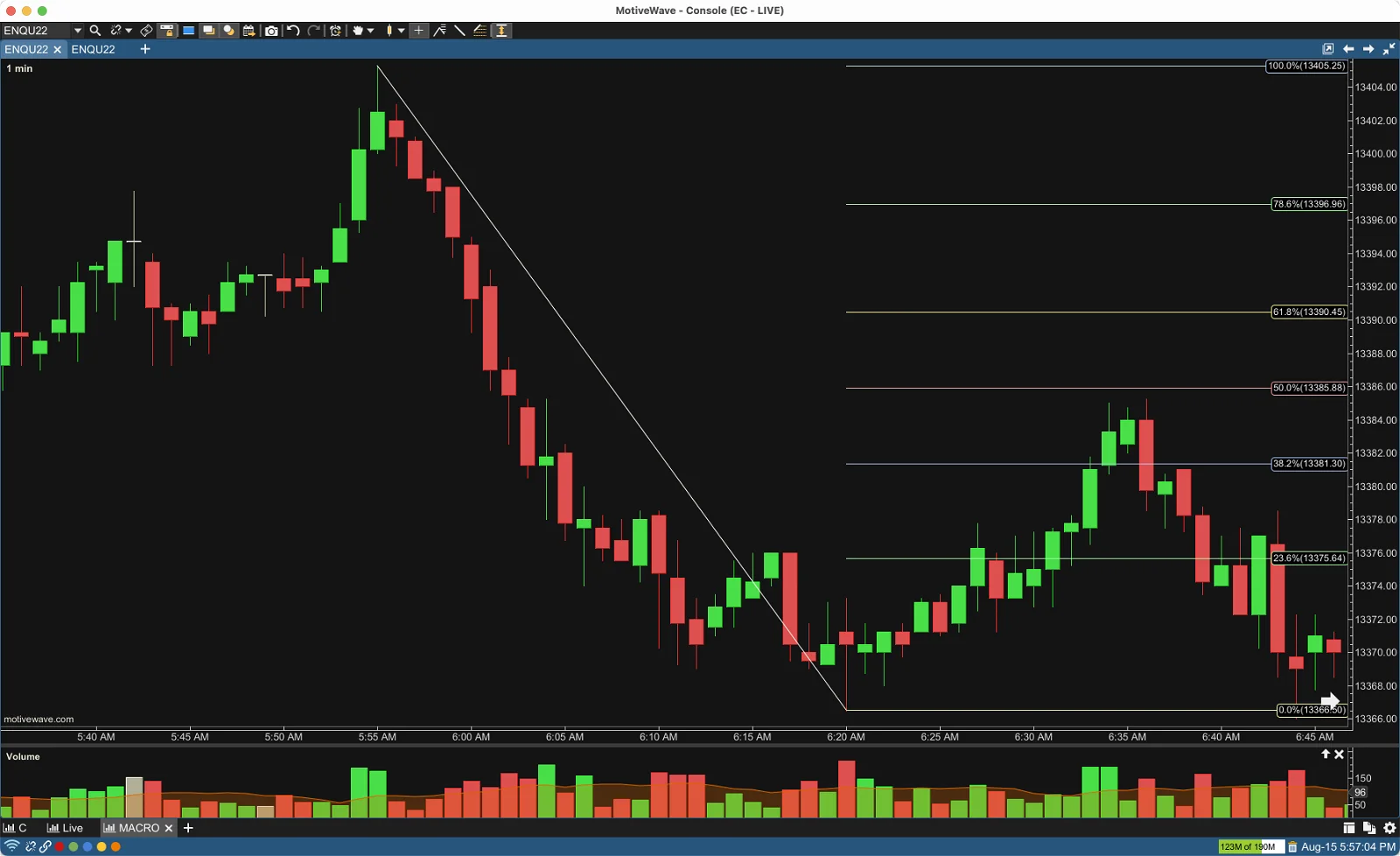Best Forex indicators

In the fast-paced world of Forex, where markets can shift rapidly, investors and traders are constantly seeking reliable tools to navigate this volatile environment effectively. Utilizing the right indicators is essential for conducting market analysis and making informed trading decisions.
Among the most favored tools are moving averages, which help smooth out price data and provide insights into market trends. By combining moving averages of different time periods, traders can identify optimal entry and exit points for their trades, helping to capture profits and mitigate losses.
The Relative Strength Index (RSI) is another critical indicator used to measure the speed and change of price movements. Ranging from 0 to 100, the RSI highlights when an asset is becoming overbought or oversold, signaling potential market reversals. Traders pay close attention to extreme RSI readings as they often indicate a shift in market direction.
The Moving Average Convergence Divergence (MACD) is a well-regarded technical indicator that assesses the strength and direction of trends. This tool fundamentally revolves around the difference between two moving averages. MACD is effective in identifying trend changes and confirming buy or sell signals, making it invaluable for traders looking to capitalize on market movements.
Bollinger Bands are another popular indicator that illustrates the relative height of prices over a set timeframe. Comprising three lines—the middle band (a moving average) and two outer bands that represent standard deviations—Bollinger Bands help traders identify market volatility and potential reversal points.
Fibonacci retracement levels are widely used to establish support and resistance areas in the market. By identifying these levels, traders can determine potential zones where the price may reverse direction, allowing them to make strategic decisions.
While these indicators are commonly employed by traders worldwide, it is crucial to remember that no single indicator is foolproof. They should be used in conjunction with other analytical tools and, importantly, with a sound risk management strategy. Ultimately, successful trading in the Forex market necessitates a blend of technical knowledge and an understanding of fundamental market dynamics.
In conclusion, the ability to effectively analyze market conditions through reliable indicators can significantly enhance a trader’s performance in Forex. By combining tools like moving averages, RSI, MACD, Bollinger Bands, and Fibonacci levels, traders can develop a well-rounded strategy that not only informs their trading decisions but also minimizes risks. Continuous learning and adaptation to market conditions will further empower traders, equipping them to navigate the complexities of Forex trading with confidence. With the right approach, traders can increase their chances of achieving long-term success in this challenging yet rewarding market.